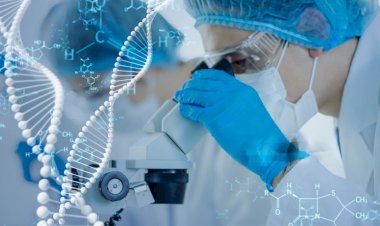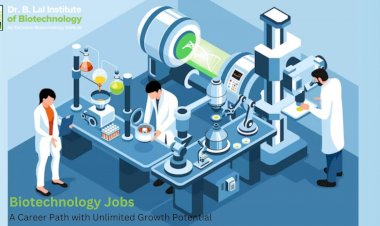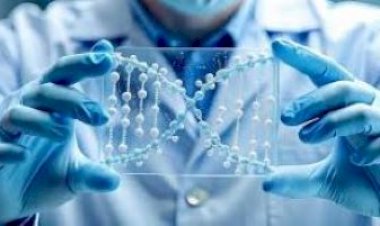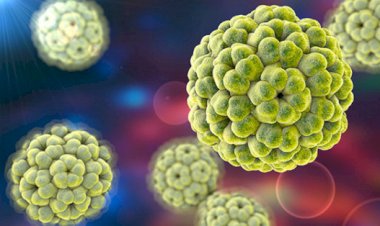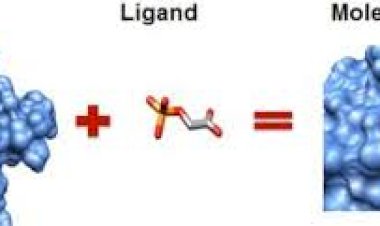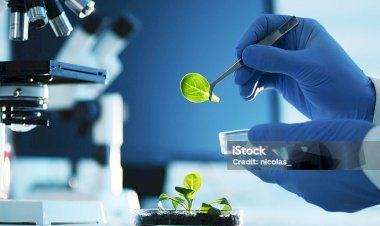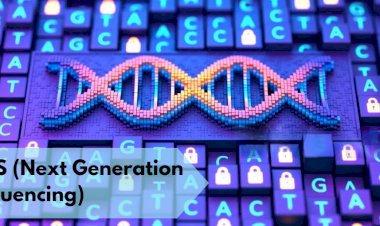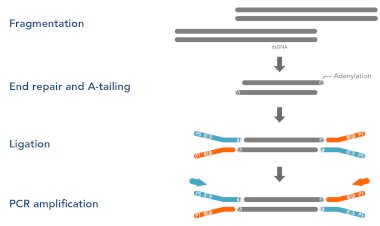PCR Explained: A Critical Tool For Molecular Biology
This blog explains Polymerase Chain Reaction (PCR), a vital technique in molecular biology for amplifying DNA. It covers the key steps of PCR, its components, and types such as Standard PCR, Real-Time PCR, and RT-PCR, highlighting their applications in research, diagnostics, and forensics. The blog emphasizes the importance of mastering PCR for careers in biotechnology and molecular biology.
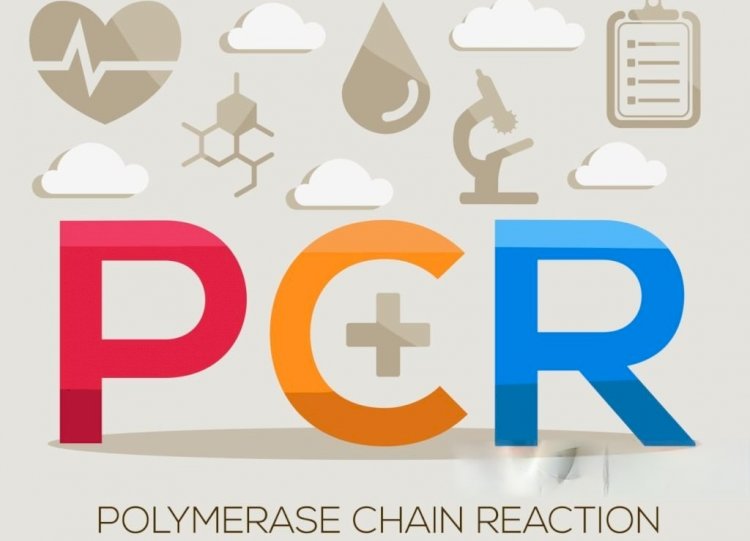
PCR Explained: A Critical Tool For Molecular Biology
What is PCR?
- PCR is a biochemical process capable of amplifying a single DNA molecule into millions of copies in a short time. It is one of the most well-known techniques in molecular biology.
- PCR involves a series of temperature cycles that enable the replication of DNA segments, making it possible to generate millions of copies of a target DNA region.
- The PCR method as we know it today to amplify target DNA was not developed as a research tool until 1983, by Kary Mullis. Since then, PCR has become an integral part of molecular biology, with applications ranging from basic research to disease diagnostics, agricultural testing, and forensic investigation.
- Amplification is achieved by a series of three steps: (1) Denaturation, in which double-stranded DNA templates are heated to separate the strands; (2) Annealing, in which short DNA molecules called primers bind to flanking regions of the target DNA; and (3) Extension, in which DNA polymerase extends the 3′ end of each primer along the template strands.
Steps involved in PCR:
- Denaturation: The reaction mixture undergoes denaturation after being heated to 94°C for 0.5 to 2 minutes. As a result, the two strands of DNA become single-stranded when the hydrogen bonds between them are broken. New DNA strands are now created using the single strands as a template. To guarantee that the two strands separate, the temperature should be maintained for a longer period of time.
- Annealing: For around 20–40 seconds, the reaction temperature is decreased to 54–60°C. In this case, the primers attach to the template DNA's complementary sequences.
-
- Primers are 20–30 base long single-strand sequences of DNA or RNA. Their function is to initiate the synthesis of DNA.
- There are two primers—a forward primer and a reverse primer—because the two split strands run in the opposing directions.
-
- Elongation: The temperature is now increased to between 72 and 80°C. The Taq polymerase enzyme adds the nucleotides to the primer's 3' end. This causes the DNA to extend from 5' to 3'. Under ideal circumstances, the DNA polymerase adds roughly 1000 bp each minute.
Taq Polymerase is capable of withstanding extremely high temperatures. It joins the primer and gives the single strand more DNA bases. The outcome is a molecule of double-stranded DNA.
In order to quickly extract a number of DNA sequences of interest, these three processes are done 20–40 times.
Components of PCR:
- DNA Template– Any DNA source, including plasmid DNA, complementary DNA (cDNA), and genomic DNA (gDNA), can be used as a PCR template for replication. However, the DNA's complexity or composition influences the ideal input quantities for PCR amplification. For instance, 5–50 ng of gDNA might be needed as a starting amount in a 50 µL PCR, but 0.1–1 ng of plasmid DNA is plenty.
- DNA Polymerase– In order to replicate the target DNA, DNA polymerases are essential. Perhaps the most well-known PCR enzyme is Taq DNA polymerase. With a half-life of roughly 40 minutes at 95°C, Taq DNA polymerase has comparatively good thermostability. It can amplify lengths of roughly 5 kb and integrates nucleotides at a rate of roughly 60 bases per second at 70°C.
- Oligonucleotide Primers- PCR primers are short synthetic DNA strands, about 15–30 bases long. They bind to specific sequences flanking the target region in the template DNA through complementary base pairing. During PCR, DNA polymerase extends the primers from their 3′ ends. To ensure specific amplification, primer binding sites must be unique to the target region and have minimal similarity to other DNA sequences. First, primer sequences should possess melting temperatures in the range of 55–70°C, with the temperatures of the two primers within 5°C of each other.
- Deoxyribonucleotide triphosphate (dNTPs): dNTPs are composed of four fundamental nucleotides—dATP, dCTP, dGTP, and dTTP—which serve as the building blocks for synthesizing new DNA strands. To ensure efficient base incorporation, these nucleotides are usually included in the PCR reaction in equal concentrations.
- Magnesium ions (Mg2+): Magnesium ions act as a cofactor for DNA polymerases, helping them incorporate dNTPs during DNA synthesis. They aid in forming phosphodiester bonds between the primer's 3′-OH group and the phosphate group of a dNTP at the enzyme's active site.
- Buffer System: PCR is performed in a buffer that creates the right chemical conditions for DNA polymerase to work. The buffer usually contains salts like magnesium chloride, potassium chloride, and Tris, along with stabilizers and enhancers like BSA or gelatin. The pH, typically between 8.0 and 9.5, is stabilized using Tris-HCl.
The most commonly used PCR types include:
1. Standard PCR:
Objective: Fundamental amplification of DNA.
Uses: Cloning, genotyping, and foundational molecular biology investigations.
2. Real-Time PCR (qPCR):
Objective: Tracks DNA amplification as it occurs.
Uses: Quantitative examinations of DNA or RNA, studies on gene expression, pathogen identification, and diagnostic evaluations.
3. Reverse Transcription PCR (RT-PCR):
Objective: Transforms RNA into DNA prior to amplification.
Uses: Investigating gene expression, identifying RNA viruses (such as SARS-CoV-2).
4. Multiplex PCR:
Objective: Simultaneously amplifies several DNA targets.
Uses: Pathogen identification, mutation assessment, and forensic DNA analysis.
5. Digital PCR (dPCR):
Objective: Offers exact and definitive quantification of DNA.
Uses: Detection of rare mutations, analysis of liquid biopsies, and precise studies of copy number variations.
Among these techniques, Standard PCR is commonly utilized for basic DNA amplification, while qPCR and RT-PCR are often applied in research, clinical diagnostics, and medical fields.
Applications of PCR:
PCR has a broad range of applications, not only in basic research but also in the areas of medical diagnostics, forensics, and agriculture. Some examples of PCR applications include:
- Gene expression,
- Genotyping (detection),
- Cloning,
- Mutagenesis,
- Methylation analysis,
- Sequencing,
- Medical, forensic, and applied sciences.
IBRI Noida Training in PCR Techniques:
At IBRI Noida, students receive comprehensive training in Polymerase Chain Reaction (PCR), gaining hands-on experience with this essential molecular biology technique. The training covers a range of PCR methods, including Standard PCR, Real-Time PCR (qPCR), Reverse Transcription PCR (RT-PCR), and Multiplex PCR, preparing students for practical applications in various research and diagnostic fields.
Under expert guidance, trainees learn the key steps of PCR—denaturation, annealing, and extension—while using advanced equipment. The curriculum is designed to equip students with the skills needed for gene expression studies, pathogen detection, and other critical applications in biotechnology, medicine, and agriculture. With IBRI Noida's specialized training, students are well-prepared to pursue careers in research, diagnostics, and applied sciences, where PCR is a foundational tool.
Conclusion
In conclusion, Polymerase Chain Reaction (PCR) is a fundamental technique in molecular biology with diverse applications across research, diagnostics, and forensics. At IBRI Noida, students receive practical training in various PCR methods, including Standard PCR, qPCR, RT-PCR, and Multiplex PCR, equipping them with the expertise needed to excel in the biotechnology and life sciences sectors. This hands-on training prepares them for successful careers by providing a strong foundation in molecular techniques that are crucial for research, diagnostics, and applied sciences.
Explore IBRI’s programs today to learn more about molecular biology trainings and unlock new career opportunities and stay ahead in the life sciences industry.
You can contact us at - Email: info@ibri.org.in or call at: (+91) 9999509892, 9971441910








